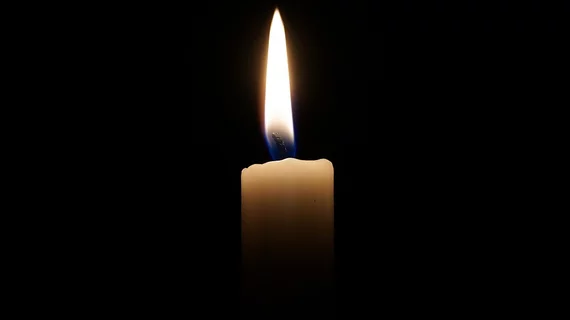Woman succumbs to injuries sustained in radiology suite explosion
A 34-year-old woman in Egypt succumbed to the injuries she sustained during a radiology procedure when the device she was lying in unexpectedly caught fire.
Shaimaa Owais, a lawyer in Cairo, was undergoing a hysterosalpingogram—a procedure she was having due to recent struggles with infertility—under anesthesia when an oxygen cylinder allegedly exploded and set fire to the suite. An anesthesiologist overseeing Owais’ recovery also was in the room during the incident.
The anesthesiologist, who sustained burns after the explosion, tried to get Owais off the procedure table but was unable. They left the suite and alerted neighbors in the building that there was a fire, obtained a hose and attempted to put out the flames while waiting on others to assist.
Once the fire was extinguished, Owais was immediately sent by ambulance to an intensive care unit in Al-Andalusia Hospital. She sustained third degree burns spanning over 65% of her body and, after spending five days under intensive care, Owais passed away from her injuries.
Initial police reports indicated that an electrical short circuit started the fire, leading to the oxygen cylinder’s explosion. According to medical reports obtained by Al-Masry Al-Youm—a news outlet local to the matter—a lack of proper safety measures, including not having a fire extinguisher, could have contributed to the severity of the accident, but the official report will not be available until the investigation concludes.
Owais is survived by her husband and two children.

